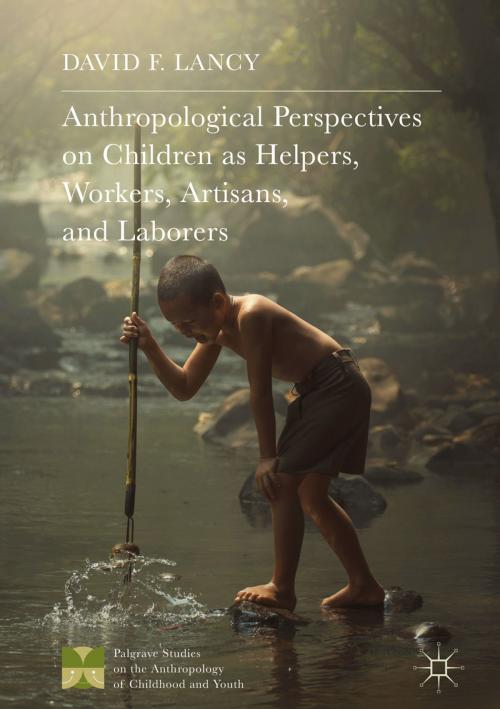Anthropological Perspectives on Children as Helpers, Workers, Artisans, and Laborers
Nonfiction, Social & Cultural Studies, Social Science, Anthropology, Sociology| Author: | David F. Lancy | ISBN: | 9781137533517 |
| Publisher: | Palgrave Macmillan US | Publication: | December 12, 2017 |
| Imprint: | Palgrave Macmillan | Language: | English |
| Author: | David F. Lancy |
| ISBN: | 9781137533517 |
| Publisher: | Palgrave Macmillan US |
| Publication: | December 12, 2017 |
| Imprint: | Palgrave Macmillan |
| Language: | English |
The study of childhood in academia has been dominated by a mono-cultural or WEIRD (Western, educated, industrialized, rich, and democratic) perspective. Within the field of anthropology, however, a contrasting and more varied view is emerging. While the phenomenon of children as workers is ephemeral in WEIRD society and in the literature on child development, there is ample cross-cultural and historical evidence of children making vital contributions to the family economy. Children’s “labor” is of great interest to researchers, but widely treated as extra-cultural—an aberration that must be controlled. Work as a central component in children’s lives, development, and identity goes unappreciated. Anthropological Perspectives on Children as Helpers, Workers, Artisans, and Laborers aims to rectify that omission by surveying and synthesizing a robust corpus of material, with particular emphasis on two prominent themes: the processes involved in learning to work and the interaction between ontogeny and children’s roles as workers.
The study of childhood in academia has been dominated by a mono-cultural or WEIRD (Western, educated, industrialized, rich, and democratic) perspective. Within the field of anthropology, however, a contrasting and more varied view is emerging. While the phenomenon of children as workers is ephemeral in WEIRD society and in the literature on child development, there is ample cross-cultural and historical evidence of children making vital contributions to the family economy. Children’s “labor” is of great interest to researchers, but widely treated as extra-cultural—an aberration that must be controlled. Work as a central component in children’s lives, development, and identity goes unappreciated. Anthropological Perspectives on Children as Helpers, Workers, Artisans, and Laborers aims to rectify that omission by surveying and synthesizing a robust corpus of material, with particular emphasis on two prominent themes: the processes involved in learning to work and the interaction between ontogeny and children’s roles as workers.















